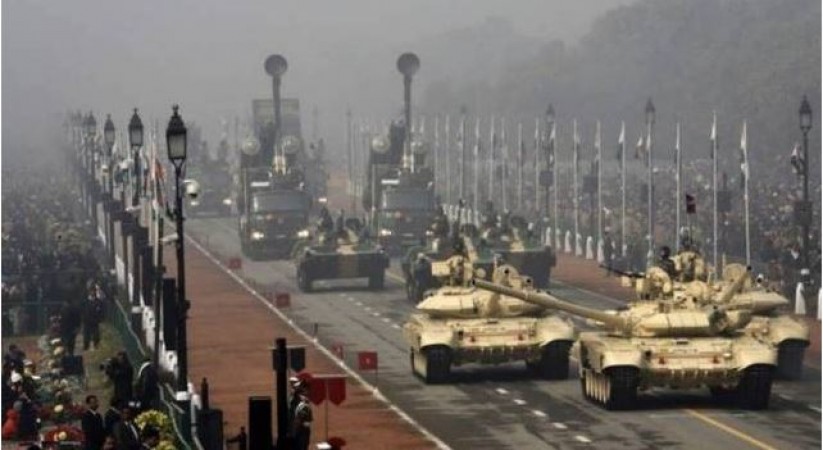
As India prepares to celebrate its 77th Independence Day in 2023, it's an opportune moment to reflect on the remarkable transformation of its defense sector since gaining freedom on August 15, 1947. From a nascent and vulnerable state at the time of independence to a formidable military power today, this article traces the journey of India's defense sector, highlighting its challenges, achievements, and the strategies employed to bolster its strength.
Independence and Early Challenges:
In 1947, as the British withdrew from India, the newly independent nation faced numerous challenges on the defense front. The partition-induced communal violence strained resources, while the division of the armed forces created logistical and administrative hurdles. The lack of modern equipment and infrastructure necessitated urgent attention.
Building Blocks of Strength:
Post-independence, India swiftly moved to establish the foundations of a robust defense sector. The integration of princely state armies into the Indian armed forces bolstered their ranks. The Defense Research and Development Organization (DRDO) was formed in 1958 to spearhead indigenous research and development of defense technologies.
Conflicts and Lessons Learned:
India's early years of independence saw the country engaged in regional conflicts, most notably the wars with Pakistan in 1947-48, 1965, and 1971. These conflicts underscored the importance of a modern and well-equipped defense force. The lessons learned from these battles contributed to the refinement of military strategies and the identification of areas for improvement.
Technological Advancements and Self-Reliance:
Over the years, India prioritized self-reliance in defense manufacturing and technology. The development of indigenous weaponry, such as the Arjun tank and Tejas fighter jet, showcased India's determination to reduce dependence on foreign imports. Collaborations with global defense manufacturers also played a role in enhancing technological capabilities.
Nuclear Deterrence and Strategic Capabilities:
India's nuclear tests in 1998 elevated its status as a nuclear power. The establishment of the Nuclear Command Authority demonstrated a mature approach to nuclear deterrence. India's nuclear policy emphasizes a "no first use" principle while maintaining a credible minimum deterrence posture.
Modernization and Global Reach:
In recent years, India has focused on modernizing its armed forces, investing in state-of-the-art equipment, cyber capabilities, and space-based defense systems. The "Make in India" initiative aims to enhance domestic defense production and reduce reliance on imports.
As India celebrates Independence Day in 2023, it commemorates not only the struggle for freedom but also the journey of transforming a vulnerable defense sector into a formidable force. The trajectory from independence to sovereignty has been marked by challenges surmounted, achievements earned, and lessons learned. As India navigates an evolving geopolitical landscape, its commitment to a robust defense sector remains unwavering, a testament to the nation's determination to safeguard its sovereignty and secure a peaceful future.
Transformations Unveiled: India's Evolution since August 15, 1947
A Tale of Paths: Revolutionaries vs. Transfer of Power in India's Quest for Freedom
Rasbihari Bose: The Unsung Hero of India's Struggle for Independence